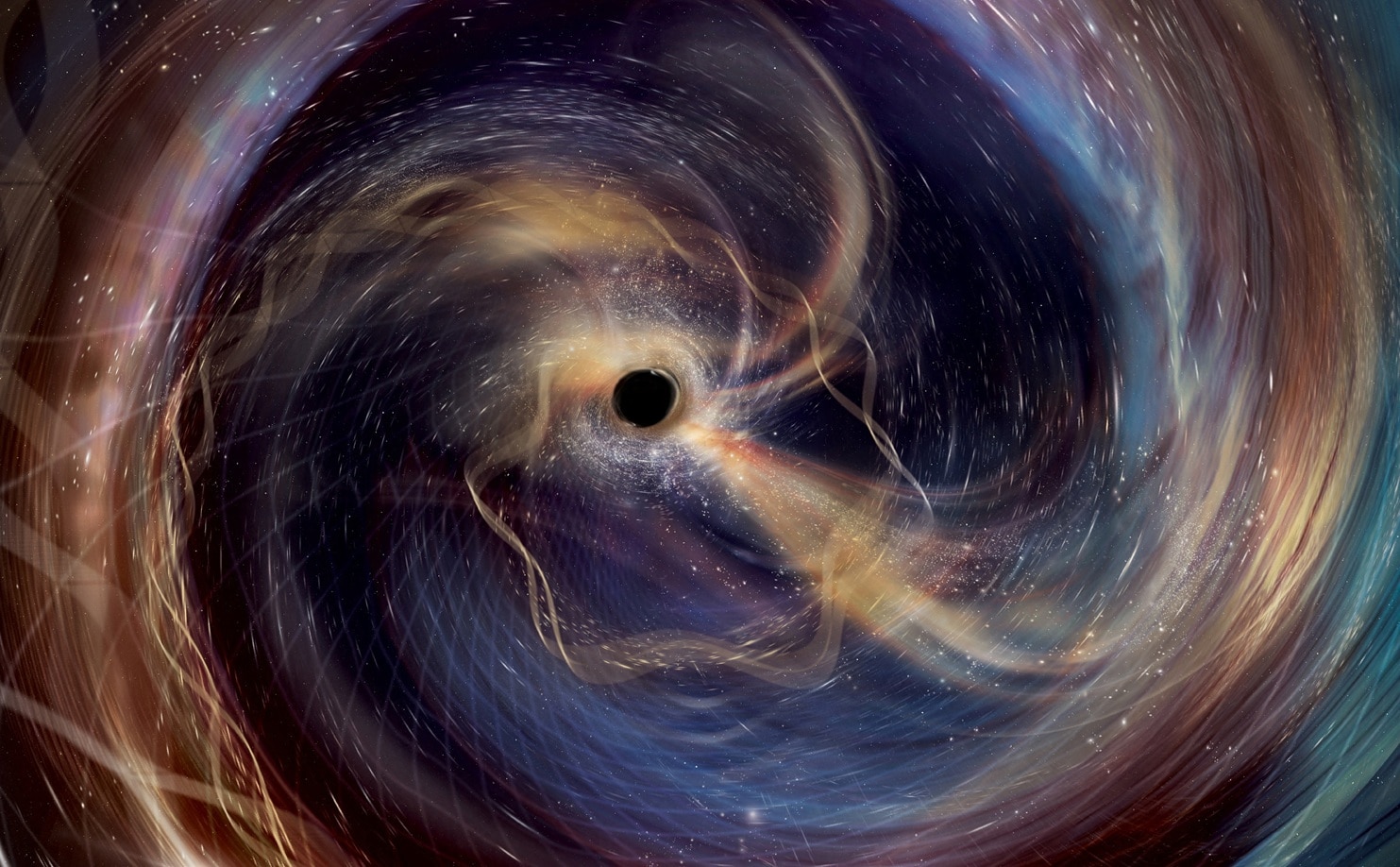Unraveling the Solar Eclipse: A Cosmic Dance of Shadows. Dive into the science behind this celestial spectacle!
Namaste, readers! Get ready to understand one of nature's most amazing events - the solar
eclipse. It's that time when the moon decides to play hide-and-seek with the sun, creating a spectacular show in the sky. But eclipse is not magic, it's pure science!

Let's unravel the mystery behind this phenomenon.
Sun, Earth, and moon play cosmic tag, causing solar eclipses
Think of the sun, the Earth, and the moon as three friends playing a cosmic game of tag. The sun, a giant ball of fire, is always shining, providing light to everyone. Earth is our home, orbiting the sun. And the moon, our small friend, orbits the Earth.

Now, imagine a situation where the moon positions itself perfectly between the sun and the Earth. When this happens, the moon blocks the sun's light, and that's what we call a solar eclipse! It's all about alignment and shadows dancing in space.
This alignment does not happen everyday, because moon's orbit is tilted compared to the orbit of the earth. So, moon often passes just above or below the sun. The perfect alignment is rare and beautiful. Remember, looking directly at the sun, eclipse or no eclipse, can seriously damage your eyes.
Always use special eclipse glasses.
Three types of solar eclipses: total, partial, annular
The solar eclipse are of three types. Total solar eclipse is when the moon completely blocks the sun. It turns daylight into dusk within moments, and it is a beautiful thing to witness. But, it occurs only in a narrow path called totality.

Partial solar eclipse is when the moon blocks only a part of the sun. It will not get dark, but the sun will look like a crescent/cookie with a piece bitten off. Annular solar eclipse occurs when the moon is farthest away from Earth.
In this case, the moon covers the sun's center, leaving a shining ring or annula visible. In this event, the sun looks like a ring of fire hanging on the sky. Each type offers a unique experience and teaches us about cosmic happenings.
The umbra and penumbra in solar eclipses
The umbra is the dark central part of the shadow cast by the moon. You can only see the total solar eclipse if you are standing in that umbra. This place is lucky to witness the sun totally covered. The penumbra is the lighter, outer part of the shadow.

People in the penumbra will see a partial solar eclipse. The area size of this shadow is what determines how popular an eclipse could be! Scientists always study the eclipse.
They study the corona(the sun's upper atmosphere) during total eclipse, as the bright sun is blocked, allowing corona to be visible which is otherwise hidden. This has provided us with valuable data over time.
Our ancestors feared solar eclipses; now we see them as scientific marvels
Our ancestors were scared of solar eclipses and thought it was indicative of bad omen. The ancient Indians thought a demon called Rahu has temporarily swallowed the sun. However, thanks to science, we now know what causes this. Predicting an eclipse is easy now as we have knowledge of orbits.

Also, seeing an eclipse can create a huge interest in science. It is a good way to know how the planets and moon move in the solar system. So, next time you see an eclipse, remember you are watching a scientific marvel! So, be curious, stay safe, and enjoy the show nature puts on for us.
You can also participate in any citizen science projects if available in your area.
Protect your eyes during eclipse with proper eyewear for safety
Looking directly at the sun, even during an eclipse, can cause serious eye damage. You should always wear special eclipse glasses or use a pinhole projector to safely view the eclipse. Regular sunglasses, cameras or telescope are not safe as they don't filter harmful rays from the sun.
It's important to be cautious and protect your eyes to avoid any permanent damage. So, next time, ensure you take the necessary precautions and encourage others to do the same. It is a simple safety measure to ensure you can enjoy the beauty of eclipse without putting your eyes at risk.
Solar eclipses aid in scientific discoveries by studying the sun's corona
Solar eclipses have played a significant role in scientific discoveries. For example, during the 1919 solar eclipse, scientists confirmed Einstein's theory of general relativity by observing how the sun's gravity bent the light from distant stars.

Eclipses provide rare opportunities to study the sun's corona, the outermost part of the sun's atmosphere, which is usually obscured by the sun's brightness.
By studying the corona during eclipses, scientists can learn more about solar flares, solar wind, and other aspects of the sun's activity that affects the planets.
These studies helps in improving our understanding of space weather and its effects on our technology and communication systems here on Earth.
AI Generated Content. Glance/InMobi shall have no liability for the content








